Japanese Beeskeletlet is an evergreen semi-staple with oval brilliant shiny and rigid leathery leaves. Different varieties of becklett may have a variety of coloring. Most often white-green, white-blue or yellow-green. The plant is noteworthy in that it can be grown as a container culture and in the open soil.
Japanese bearing. Landing
Japanese bearing is not picky about the landing site. May grow in the shade and outdoor sun. The most comfortable place is with a lace shadow. In shading, the leaves acquire blue-green shades, with a clean white or yellow framing / spots. On the bright sun - green with a pinkish tint.
In dry places without regular irrigation, leaves can be twisted and filled.
Look out the Japanese reckon in the open ground can be from spring to autumn. The main thing is in non-fit weather and in wet land. The soil must be neutral or alkaline, nutritious, with the addition of sand.
The bearing makes it easily tolerate frost, but can fade with prolonged overburdenness.
Distance between bushes are made taking into account the size of an adult plant. It is advisable to plant a wet land.
- We make a hole 2 times the root of the saplings of Becklet.
- Drainage is placed on the bottom: broken brick, fine crushed stone or clay.
- Layout fertilizers: overworked humid, or compost.
- Sale shallow. Sealing land near the plant.
- First, we regularly pour.
Japanese bearing. Open ground care
- Care lies in regular watering, timely feeding. Try not to overflow the plant, let's dry the soil. In the spring, fertilizers with a large nitrogen content. In summer, kalia magnesium mixtures. In the fall, under the people can be made lime, ash.
- For the formation of a thick compact bustle, pour the tips of the twigs. Without this procedure, the dwarf shapes of the Becklet will grow up, rooting with branches that come into contact with the Earth. The bush will be more loose.
- For the winter it is recommended to mulch plants peat, leaves or non-widths. Young beackers (up to 2 years) are covered. Adult plants in shelter do not need.
- The bearing can be amazed with ticks and tool. Leafers are twisted and may fall. The affected bushes are processed by a gray colloid or accomplish.
- Japanese bearing can sick with a torment and rust. Preventive processing of fungicides during periods of tightening rain raids are recommended.
With proper care, the bearing makes a good increase and the bush is rapidly growing. At the same time, growing periods alternate with rest periods. The presence of several becklet growth waves in the season speaks of the right leaving of the plant.
It is also necessary to remember that the Japanese beckon is a poisonous plant. It can not be eaten. Used in folk medicine. In official medicine does not apply.
Japanese bearing. Reproduction
Beeskeleton can be multiplied with stalling, the division of the bush, root siblings and seeds.
Cuttings:
- it is better to harvest with busta, which is not younger than 5 years old:
- in June-July, cut the cutlets with a length of 6-8 cm,
- the lower sections are processing heteroacexin or rhoin and land in a greenhouse with a soft fertile soil,
- on top of the ground sprinkle with sand 3-4 cm,
- after a month and a half the cuttings should be rooted and they can be planted at a permanent place.
For reproduction root offs, the early spring is best suited, immediately after melting snow:
- cut the root offspring with thumbnail roots of about 20-30 cm,
- carefully transplant siblings with a lounge of land for a permanent place or in a rampant board / container for growing,
- long cuttings (more than 50 cm) cut.
Sharing bushes with rhizome better in spring. The transplanted bush is cut slightly. Usually, when dividing the bush, there are no problems with surgery.
For growing a becklet from seeds, it is necessary:
- hold stratification at a temperature of 10-12 degrees, in the refrigerator for 3-4 months in coarse sand,
- after most seeds have a burst seed, they need to be cleaned and stratified at a temperature of 0-4 degrees for 2 months,
- withstand in a weak solution of manganese
- prepare Source: Leaf Earth 4 Parts, humus - 2 parts, Dernea - 1 part, large sand - 1 part,
- walk prepared seeds into seedlings with a soil to a depth of 2 cm,
- on a permanent place are planted only on the third year.
Japanese bearing. Home care
- Japanese bearing can be grown at home in containers. Bonsai is well formed from the rectorant varieties. Dwarf bush evergreen shapes also grow well at home.
- For landing, it is necessary to fit the drainage layer into the container. The soils should consist of 3 parts of the turf, 2 parts of the peat (gentle) and part of the sand.
- In the spring and on the hot days of summer, the Japanese rebel is more abundantly. In the fall and winter watered less often. Water is better to use resistant, room temperature. In dry hot days, you can spray bushes from the spray gun, adding air humidity.
- In the summer, the becklelet is desirable to carry out an open air: to a cottage or balcony.
- Once a week after irrigation, a complex feeder is made for decorative deciduous plants. Fertilize the bearing in the period of growth: in spring in autumn, during the period of rest - stop.
- The young plant is desirable to transplant annually. From the 4th year, the transplant is made every 2-4 years.
- At home, the Japanese rebel may need additional lighting.
- This is a fairly undemanding plant. Japanese euonymus can easily tolerate a haircut or spring topping shoots. It stimulates the growth of new shoots, and allows the formation of a dense crown. Regularly carry out pruning of damaged leaves and shoots. It is possible to rejuvenate the bush pruning of old shoots.
- The plant needs a period of rest. Winter Euonymus transferred to a room with ambient temperature of about 10-15 degrees.
- The main pests in the home are spider mites and thrips. To combat use fitoverm (aktofit) or aktellik.
Japanese euonymus in landscape design
- Hedge or border nice way euonymus Japanese. Mix of euonymus can become bright separate composition.
- Green varieties used in the landscape backdrop for the compositions or flowering plants. From it you can clip out the living garden figurines (Topiary).
- In the southern areas may receive lianovidnye form.
- Euonymus Fortune - creeping evergreen shrubs. They look great on the Alpine hills and near the brick / stone walls. Euonymus Fortune can be raised against the wall or a tree trunk, creating unique decorative compositions.
Japanese euonymus. Photo. Sorts
In the wild, Euonymus Japanese native to China and Japan as a tree or shrub, can reach 5-7 m.
Psevdolavr (Euonymus japonica)
Bright evergreen shrub, is able to achieve 1.5 m. In height. The shoots are greenish-brown. Blossoms in June, when you can see the small yellow-green buds. Decorative colorful seedpods, at home the fruits are tied rare. Tolerate shading and air pollution. Can not stand the cold. May die if the temperature drops below 5 degrees.
Mikrofillus (Euonymus japonicus Microphyllus)
The more familiar name of the small-leaved Japanese euonymus. Motley bush in height and 50 cm, in width not exceeding 15 cm. Features: yellow-green color, with a small leaves branches are directed vertically upwards. It blooms in late spring white flowers. After forming variegated decorative fruit. It can be used in the form of hang-downing plants.
Miniature (Euonymus nana)
Creeping evergreen shrub up to a meter in height, with an easy rooting shoots. In the wild, found in mountainous regions from China to Europe. Leathery bright green leaves with a bluish tinge below. The flowers are small, reddish-brown color.
Decorative fruits and seeds, although the blooms in the middle lane is extremely rare.
Currently, nurseries are also represented by the strambl forms of Becklet. 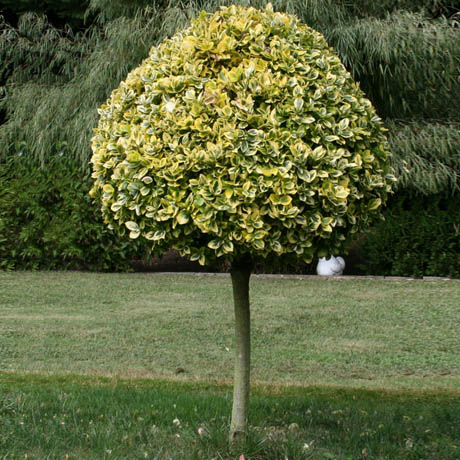
Fortunei (Euonymus Fortunei)
Close relative of the Japanese rebel. Motherland - China. A flutter shrub tall up to 40 cm. In the center of Russia, it is rarely rarely. Winter hardy, it looks wonderful on the Alpine Gorki. In winter, the leaves (white edge) are painted in pink tones.
Some common varieties:
- Emerald Gaiety's belchielet is characterized by leaves with white border on the edge of the sheet, in the fall, painted with pink-red tones.
- Canadale Gold Formon Beeskeleton - Bright green leaves with yellow border.
- Formong Emerald'n Gold Beeskeletlet - in the spring of yellow color, gradually around the edge of the sheet manifests a bright yellow band, it becomes pink to autumn.
- Blondy Blondy Besquelet (Blondie) -lithium with a white and yellow stripe in the middle of the sheet. By autumn, the strip becomes reddish.
- Tonana Sunspot Besquest (Sangot) - with a green stripe in the middle of a yellow sheet.
- Formon's believer Harlequin (Harlequin) - with large white spots on the leaves.
- The belching belly Dart's Blanket (darts blanket) - it becomes bronze color by autumn.
- Tonana Coloratus Beeskeleton (Coloratus) - Bright green leaves for autumn acquire a purple color.

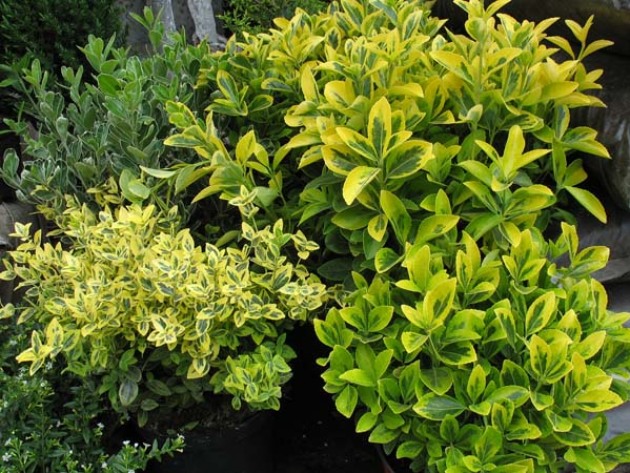
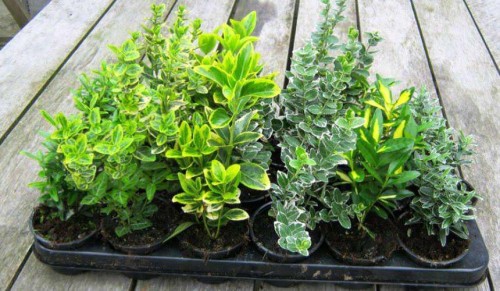
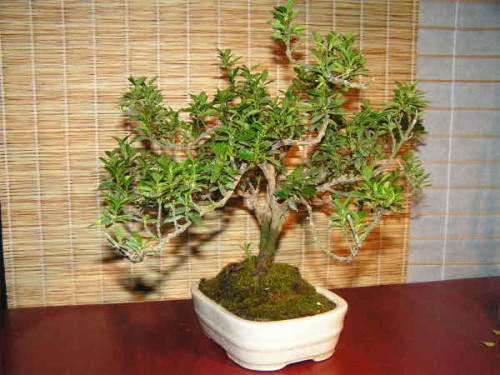
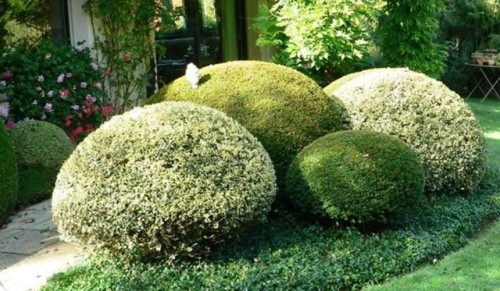
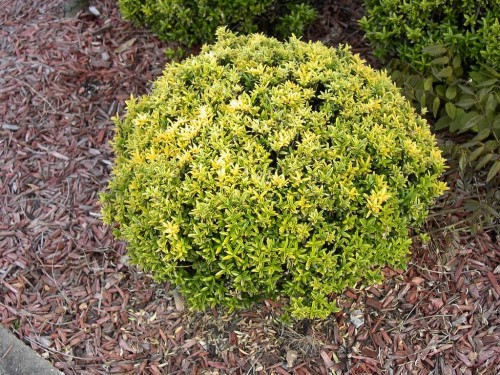
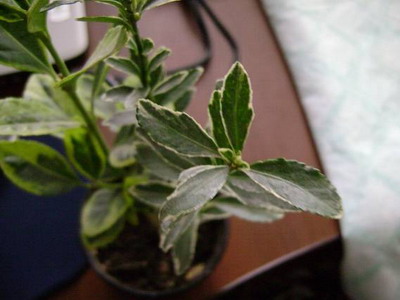
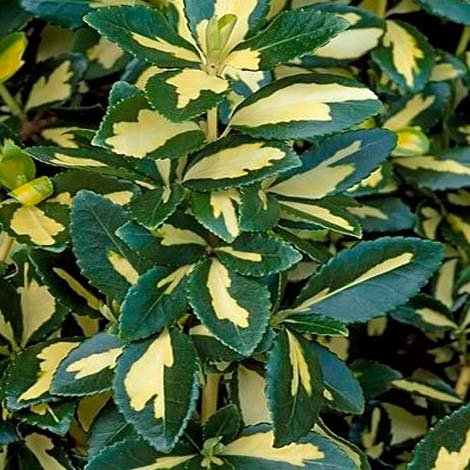
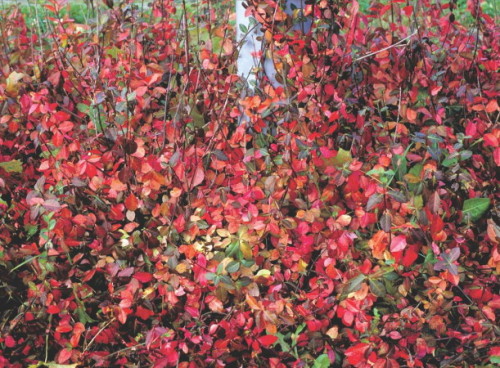












 Start a discussion ...
Start a discussion ...